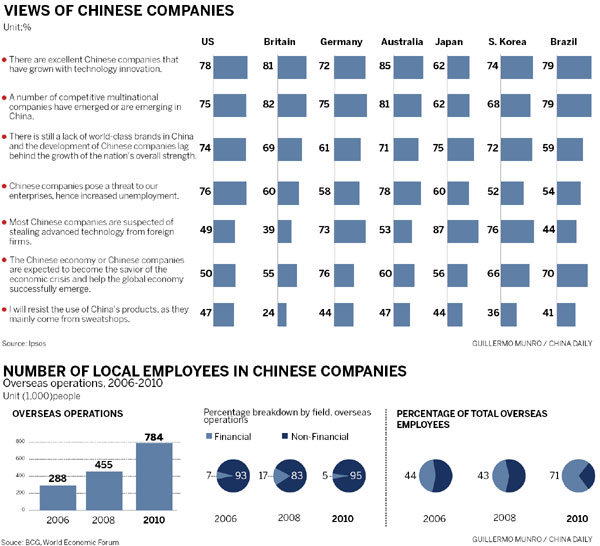Interlibrary Loan: Efficiently Accessing Global Knowledge
Guide or Summary:Technological Advancements in Interlibrary LoanGlobal Access and EquityEnvironmental and Economic BenefitsFuture Prospects of Interlibrary……
Guide or Summary:
- Technological Advancements in Interlibrary Loan
- Global Access and Equity
- Environmental and Economic Benefits
- Future Prospects of Interlibrary Loan
In the digital age, the quest for knowledge knows no bounds. Interlibrary loan (ILL) emerges as a crucial tool that bridges the gap between libraries across the globe, enabling researchers, students, and enthusiasts to access a wealth of information that might otherwise be inaccessible. This practice, deeply rooted in the cooperative spirit of the library community, has evolved significantly, harnessing the power of technology to streamline and enhance its efficiency.
Technological Advancements in Interlibrary Loan
The advent of digital libraries and online catalogs has revolutionized the way interlibrary loans are processed. No longer do librarians need to spend hours manually searching for requested materials; instead, sophisticated software systems now facilitate seamless communication between lending and borrowing libraries. This automation not only speeds up the loan process but also reduces the likelihood of errors, ensuring that patrons receive the precise materials they need.
Moreover, the integration of electronic resources into ILL systems has expanded the scope of what can be borrowed. Databases, e-books, and other digital content can now be requested and delivered electronically, bypassing the need for physical books to travel across borders. This shift has not only made the loan process more convenient but has also opened up new opportunities for international collaboration and knowledge exchange.

Global Access and Equity
One of the most compelling aspects of interlibrary loan is its role in promoting global access to information. By pooling resources and expertise across libraries, ILL helps to democratize knowledge, ensuring that individuals from diverse backgrounds and regions have equal opportunities to learn and grow. This is particularly important in developing countries, where access to high-quality educational and research materials may be limited.
Through ILL, libraries in affluent nations can share their vast collections with institutions in less privileged areas, fostering a sense of global solidarity and mutual support. This collaborative spirit is not only beneficial for the borrowing libraries but also enriches the entire academic and research community, as diverse perspectives and insights contribute to the advancement of knowledge.
Environmental and Economic Benefits
Beyond its educational benefits, interlibrary loan also offers significant environmental and economic advantages. By reducing the need for physical transportation of materials, ILL helps to minimize the carbon footprint associated with library operations. This is particularly relevant in an era where climate change is a pressing global concern, and efforts to mitigate its impact are crucial.

Economically, ILL can be a cost-effective solution for institutions with limited budgets. Rather than investing in purchasing expensive materials, libraries can leverage the resources of their global network to provide access to a wide range of titles. This not only saves financial resources but also ensures that patrons have access to a diverse array of literature and research.
Future Prospects of Interlibrary Loan
Looking ahead, the future of interlibrary loan is promising. Advances in artificial intelligence and machine learning are poised to further enhance the efficiency and personalization of ILL services. These technologies can help librarians identify and recommend materials more accurately, based on patrons' specific needs and preferences.
Furthermore, the integration of ILL with other digital library initiatives, such as open access repositories and digital preservation projects, will further expand the scope of what can be borrowed and shared. This convergence of efforts will create a more seamless and interconnected global knowledge ecosystem, where information flows freely and efficiently.

In conclusion, interlibrary loan stands as a testament to the power of collaboration and the sharing of knowledge. By leveraging technology and fostering global partnerships, ILL continues to evolve and expand, ensuring that the pursuit of learning and research remains accessible and enriching for all. As we navigate the complexities of the digital age, interlibrary loan remains a vital tool for connecting minds and fostering a culture of lifelong learning.